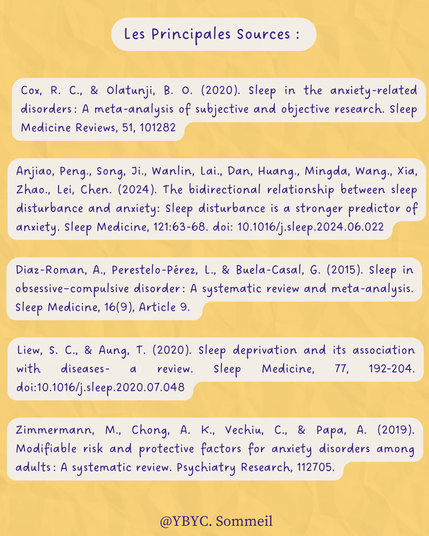Some thoughts on the nomenclature of nomenclature
Most of us remember being taught in high school biology that “scientific names” (or “binomial names”) for species are better than “common names” because the latter change all the time and there are multiple names for the same species. For those of us who continue with biology or botany or a related field, there comes a time when one of our favorite species is determined to belong to a different genus or even an entirely different family, and it’s “scientific” name changes, while the common name stays the same.
For me, the first occurrence of this was late lowbush blueberry, which I originally learned as Vaccinium vacillans and which now has a preferred name of Vaccinium pallidum. Amusingly, if you look at the Wikipedia page for this species, you will see half a dozen common names (including both early and late lowbush blueberry) but you will also see more than a dozen different taxonomic classifications!
Now part of this is that species are named in different parts of the world and later determined to be the same species, or plants initially determined to be separate species are later classified as varieties of the same species. Or vice versa!
Over the course of the last couple of decades, genomic studies made possible by modern DNA sequencing have resulted in countless species being renamed, reorganized, and reclassified. So how do we explain this concept to aspiring biologists?
I think the difficulty arises from using the phrase “scientific name”. Outside of biology, we think of a name as a relatively static label that makes it easy to refer to a concept or object. Names are easy to remember and provide a way for multiple people to refer to the same concept. Scientific or binomial names fail to meet many of the criteria for what makes a good name. They are rarely made up of words in common living human languages, they are often long and difficult to remember or pronounce, and they change in unexpected ways.
Binomial “names” are better thought of as addresses. Addresses in a complex classification space, but still addresses. Just as an Internet address helps us locate a resource in Internet space by telling us what protocol to use to connect to a computer at a specific fully qualified domain and the path to the resource we are looking for, with a genus and specific epithet like Vaccinium pallidum (Aiton 1789), we can locate the species in classification space. The authority (Aiton 1789) tells us where to go for the original classification information, the specific epithet (pallidum) sometimes gives us a hint about a physical characteristic (in this case relating to the color of the leaves) relative to other species, the genus (Vaccinium) places this species in the family Ericaceae, the heath plants, which share similar characteristics.
While a “name” is just what we call something, the scientific “address” tells us where the species currently resides within the complex classification space of kingdom, clade, order, family, and genus.
Many of us change our addresses more often than we change our names, and species are no different. As we uncover new genetic commonalities or differences among species, we reorganize our information space and give them new addresses.
So while the species formerly located at Ericaceae Vaccinium vaccilans may now have moved in classification space to Ericaceae Vaccinium pallidum, it’s still just late lowbush blueberry to me.
#ScienceSaturday




